Satish Jassal's Southwark house is rooted in craft
We visit Southwark Brick House, an exploration in volume, light and materiality by London-based architect Satish Jassal
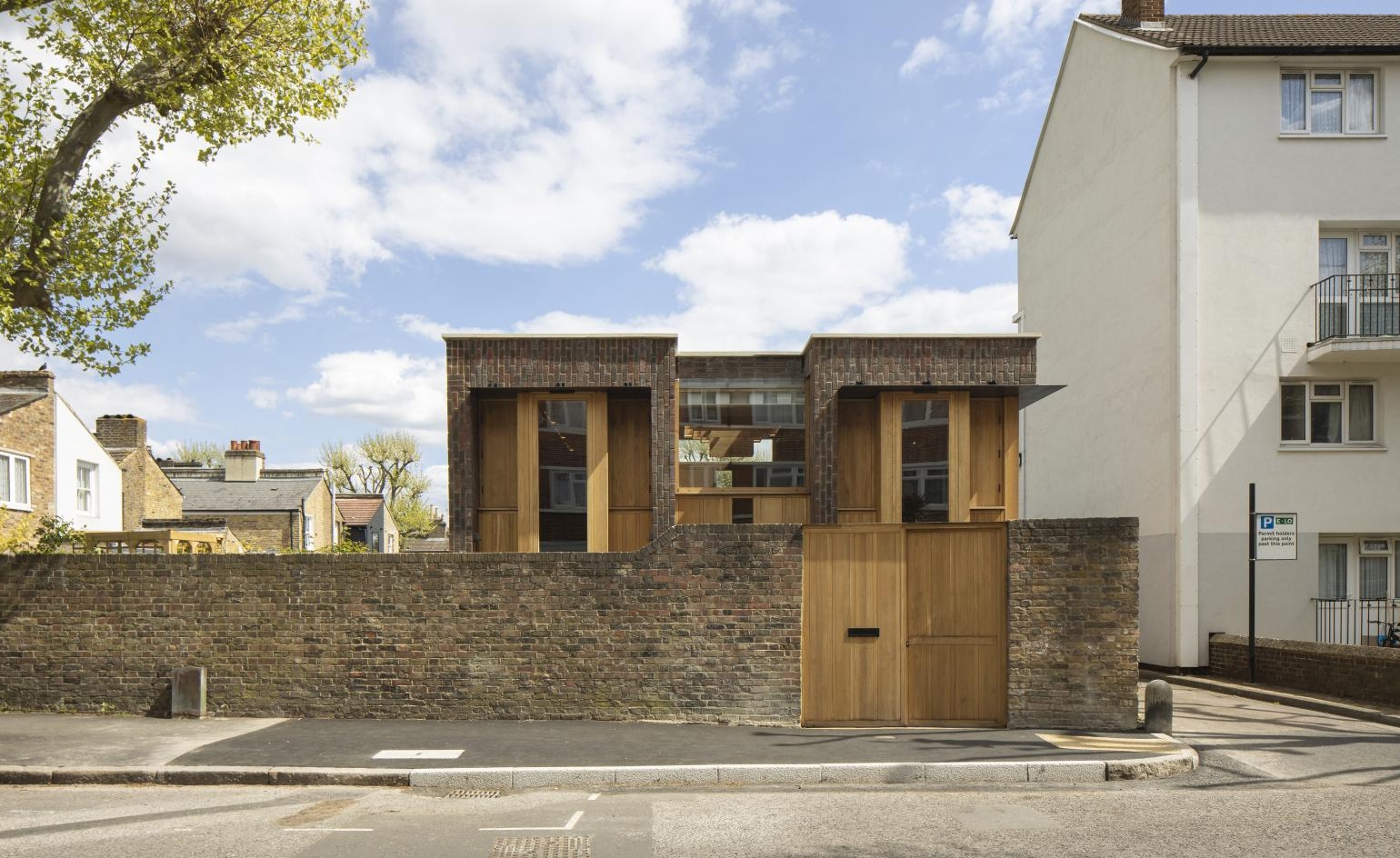
Richard Chivers - Photography
Satish Jassal's fascination with brickwork became apparent early in the London architect's career, when we had the chance to visit his Haringey Brick House, and its soothingly tactile forms made of brick and timber. Now, Jassal and his team have followed up on their explorations with the time-honoured material, unveiling their latest residential project, a modern design that is an exercise in brickwork – Southwark Brick House in London.
While the Haringey project was small but perfectly formed, its Southwark incarnation feels more expansive. However, it tackles similar issues, touching upon massing, views and light in an awkward urban plot (which dictated the house be sunken one level into the ground to balance privacy and more internal space). Craft and designing with brick – in this case, red West Hoathly Sharpthorne brick – were equally critical.
At the same time, the team drew significantly on the site's build context to make the structure feel at home in its pocket of the UK capital. ‘Elements of the local building vernacular, such as blank gables, flat-edged roofs and vertical oak windows are acknowledged and incorporated into the façades,' says the architect.

The project is a new-build, three-bedroom home sitting in the south London borough's Thorburn Square conservation area. Spanning two floors above ground and a basement, it is organised across two brick wings, which flank the main entrance. A staircase made of black metal sits at the heart of the plan, acting as a focal point as well as the central circulation core for the whole house.
The interior spans 126 sq m, encompassing: a generous kitchen and dining area on the ground level; the house's main living space, on the top floor, featuring an elegant coffered timber ceiling and large oak bay windows that complement the textured quality of the brick walls; and bedrooms on the lower-ground level, where peace and privacy are ensured, while the spaces can also spill out onto a paved garden courtyard at the front.
The brick was used in three different bonding patterns and each defines a different part of the building – there’s a horizontal running bond for kitchen and dining, a stack bond at the stair core, and a vertical running bond in the living space. ‘The rough and imperfect texture of the bricks gives the building a worn appearance and makes it feel like an established part of the streetscape,' says Jassal. At the same time, ‘deep reveals cut into the façades, which frame the large oak windows with openable oak ventilation panels, give the walls solidity and depth’
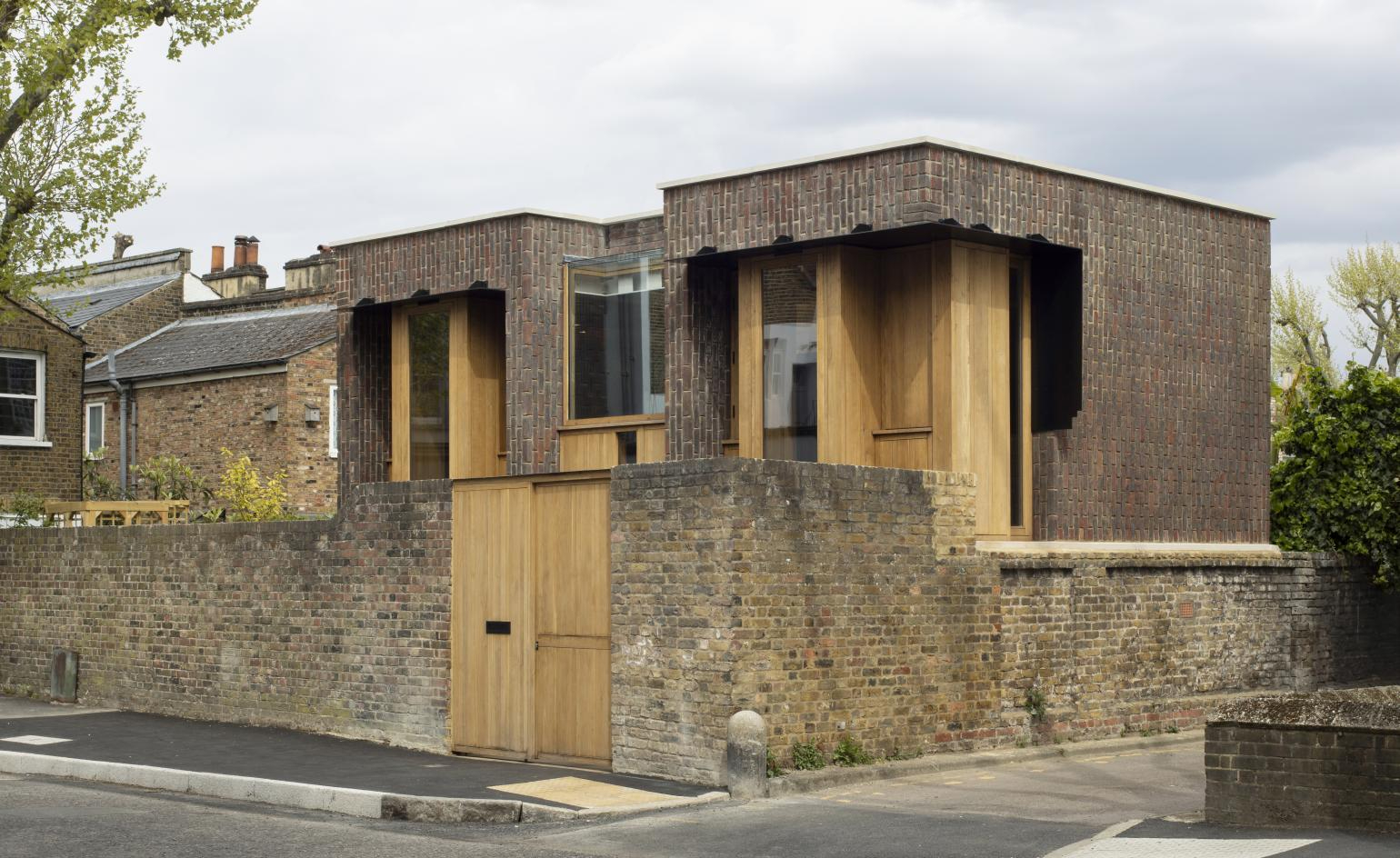

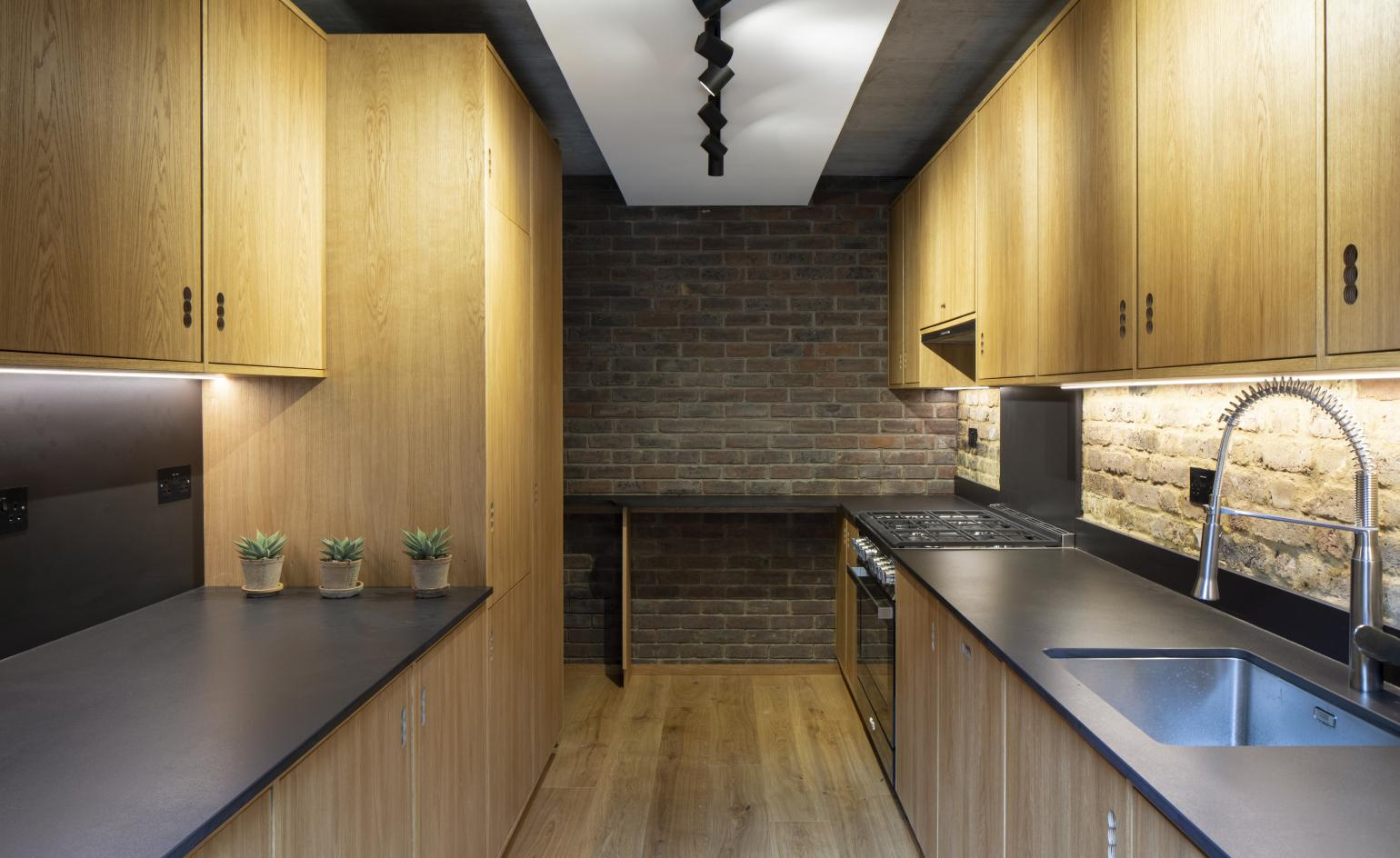

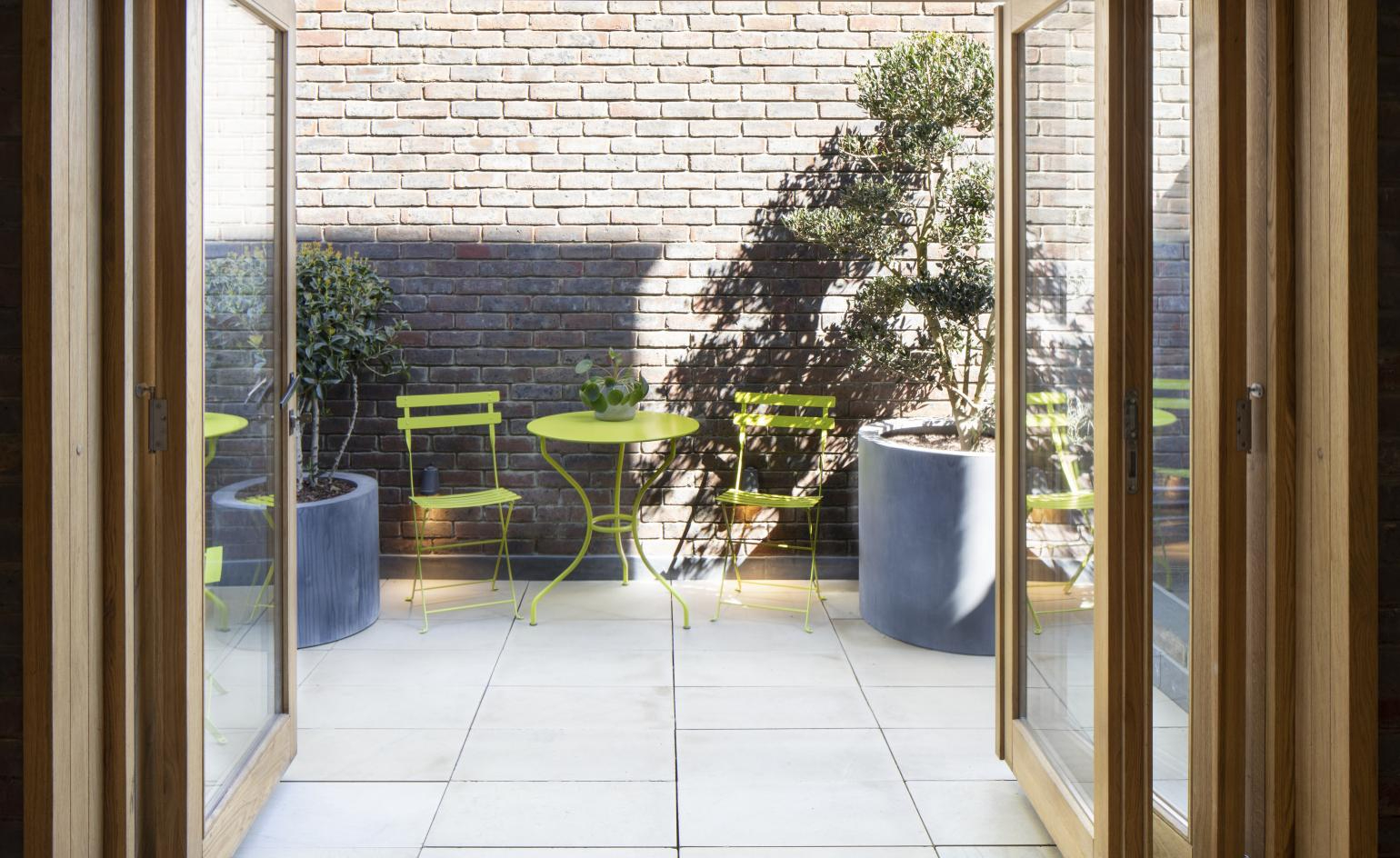

INFORMATION
Receive our daily digest of inspiration, escapism and design stories from around the world direct to your inbox.
Ellie Stathaki is the Architecture & Environment Director at Wallpaper*. She trained as an architect at the Aristotle University of Thessaloniki in Greece and studied architectural history at the Bartlett in London. Now an established journalist, she has been a member of the Wallpaper* team since 2006, visiting buildings across the globe and interviewing leading architects such as Tadao Ando and Rem Koolhaas. Ellie has also taken part in judging panels, moderated events, curated shows and contributed in books, such as The Contemporary House (Thames & Hudson, 2018), Glenn Sestig Architecture Diary (2020) and House London (2022).
-
 Eight questions for Bianca Censori, as she unveils her debut performance
Eight questions for Bianca Censori, as she unveils her debut performanceBianca Censori has presented her first exhibition and performance, BIO POP, in Seoul, South Korea
-
 How to elevate a rental with minimal interventions? Charu Gandhi has nailed it with her London home
How to elevate a rental with minimal interventions? Charu Gandhi has nailed it with her London homeFocus on key spaces, work with inherited details, and go big on colour and texture, says Gandhi, an interior designer set on beautifying her tired rental
-
 These fashion books, all released in 2025, are the perfect gift for style fans
These fashion books, all released in 2025, are the perfect gift for style fansChosen by the Wallpaper* style editors to inspire, intrigue and delight, these visually enticing tomes for your fashion library span from lush surveys on Loewe and Louis Vuitton to the rebellious style of Rick Owens and Jean Paul Gaultier
-
 A former agricultural building is transformed into a minimal rural home by Bindloss Dawes
A former agricultural building is transformed into a minimal rural home by Bindloss DawesZero-carbon design meets adaptive re-use in the Tractor Shed, a stripped-back house in a country village by Somerset architects Bindloss Dawes
-
 RIBA House of the Year 2025 is a ‘rare mixture of sensitivity and boldness’
RIBA House of the Year 2025 is a ‘rare mixture of sensitivity and boldness’Topping the list of seven shortlisted homes, Izat Arundell’s Hebridean self-build – named Caochan na Creige – is announced as the RIBA House of the Year 2025
-
 In South Wales, a remote coastal farmhouse flaunts its modern revamp, primed for hosting
In South Wales, a remote coastal farmhouse flaunts its modern revamp, primed for hostingA farmhouse perched on the Gower Peninsula, Delfyd Farm reveals its ground-floor refresh by architecture studio Rural Office, which created a cosy home with breathtaking views
-
 The Architecture Edit: Wallpaper’s houses of the month
The Architecture Edit: Wallpaper’s houses of the monthFrom wineries-turned-music studios to fire-resistant holiday homes, these are the properties that have most impressed the Wallpaper* editors this month
-
 In this Cotswolds home, drama meets minimalism
In this Cotswolds home, drama meets minimalismCotswolds home Hiaven house, with interiors designed by McLaren Excell, is a perfect blend of contemporary chic and calm, countryside drama
-
 Find solace in the forest at this expansive treehouse retreat in Dorset
Find solace in the forest at this expansive treehouse retreat in DorsetFor sale for the first time, a treehouse, Mallinson’s Woodland Retreat, is a tribute to the skill of designer and master craftsman Guy Mallinson
-
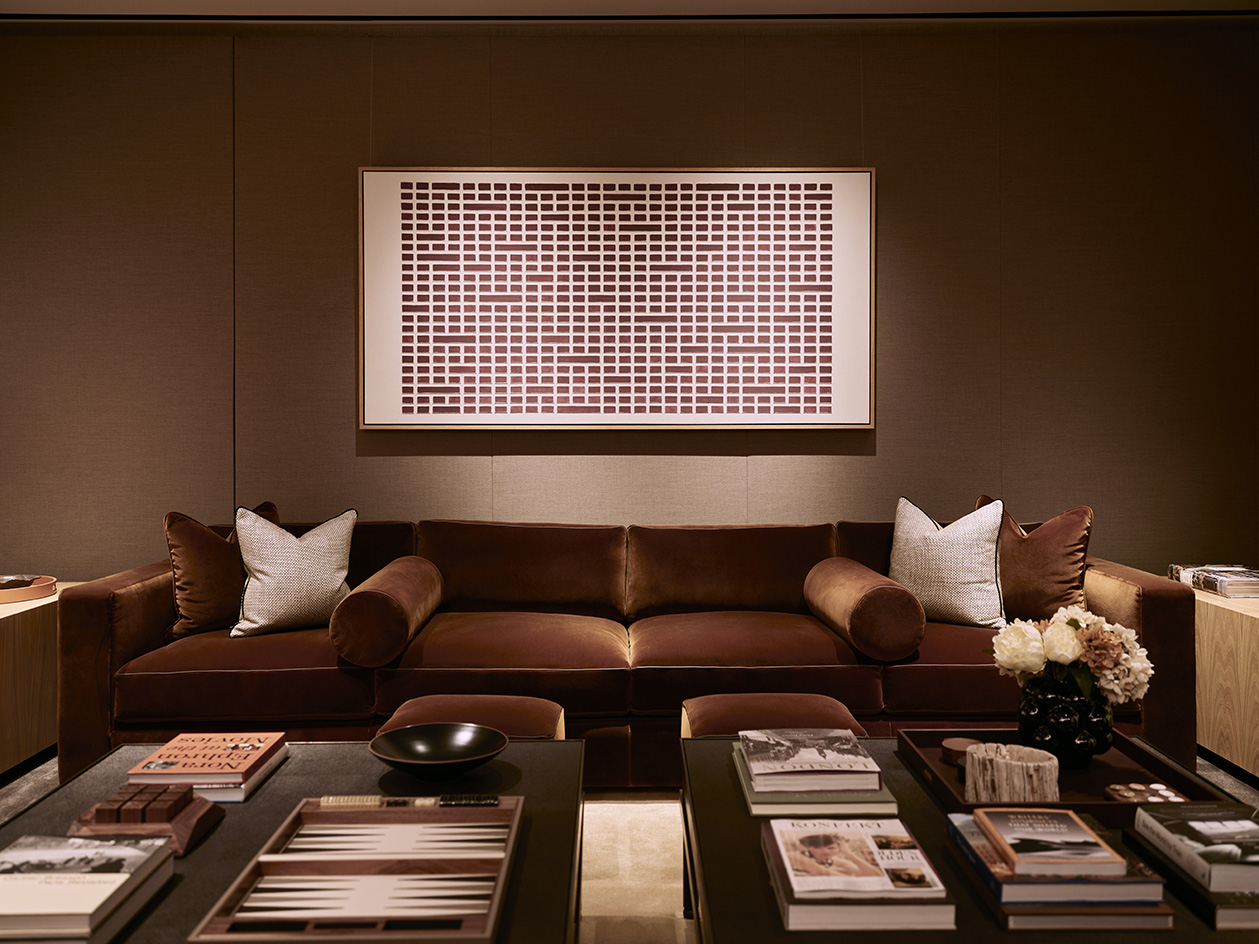 100 George Street is the new kid on the block in fashionable Marylebone
100 George Street is the new kid on the block in fashionable MaryleboneLondon's newest luxury apartment building brings together a sensitive exterior and thoughtful, 21st-century interiors
-
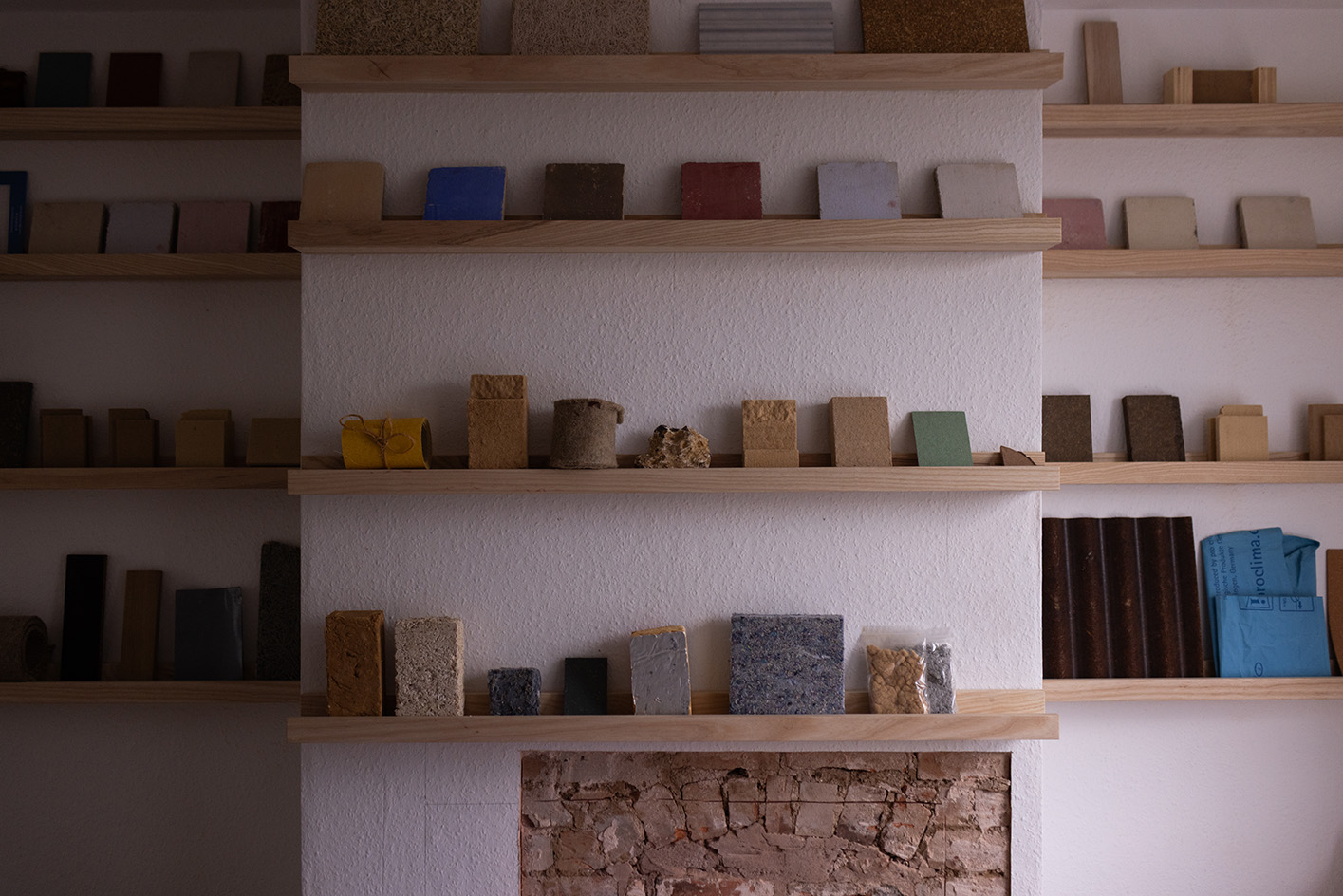 Take a tour of Retrofit House, the live showcase inspiring sustainable homebuilding
Take a tour of Retrofit House, the live showcase inspiring sustainable homebuildingRetrofit House, a showcase for residential redesign using biomaterials and environmentally smart methods, opens in Birmingham, UK, spearheaded by Civic Square, Dark Matter Labs and Material Cultures; we paid it a visit